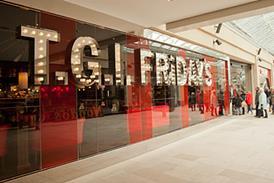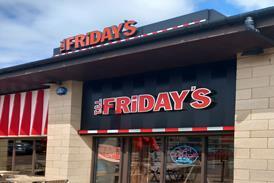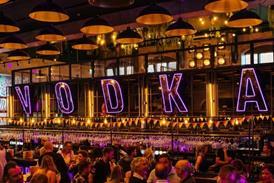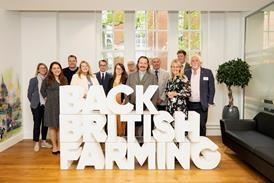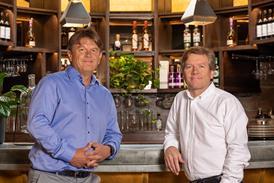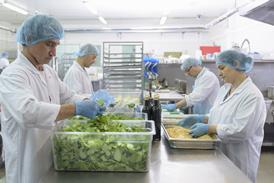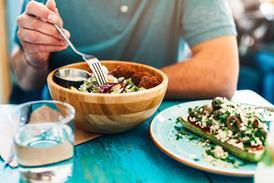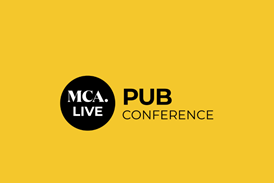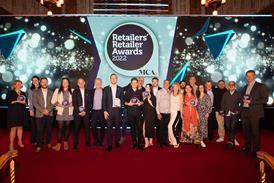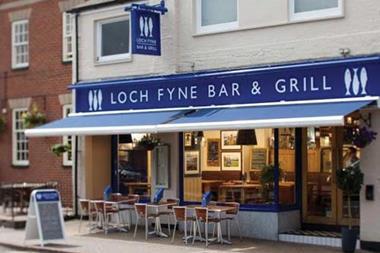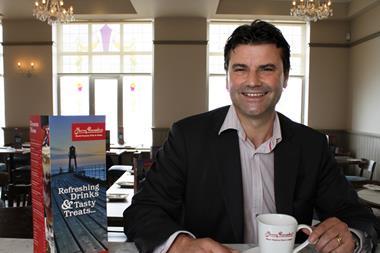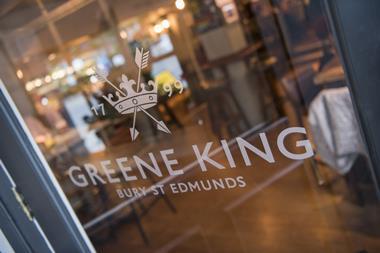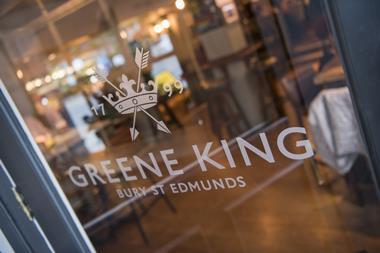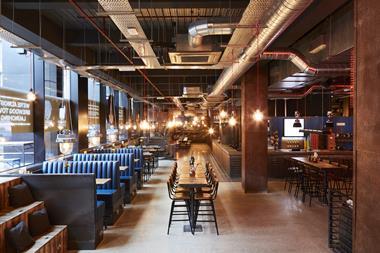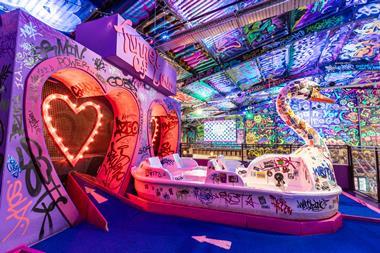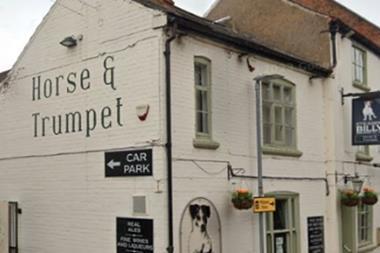Acquired at the top the then market in 2007 as pub group’s moved into casual dining to counter the smoking ban, Loch Fyne has never delivered the returns Greene King obviously hoped and planned for when it signed off the £68m outlay for the business. After an aborted attempt to sell the business, with a rumoured £100m price tag, two years, ago, the pub operator and brewer is trying to off load the brand again, but is it worth casting your net out for, asks Mark Wingett.
”For many of our customers we’re a special occasions-only establishment, our visit frequency just isn’t that high. As such the sky is not the limit for us – we’re never going to have 100 restaurants in the UK,” admitted Loch Fyne’s then managing director Liz Williams in a rare interview on the business back in 2014.
Her comments highlighted the inherent challenges of running a seafood-focused business in the branded space. With ice counters in the dining room packed with oysters and lobsters and Champagne buckets stacked at the bar, it’s inevitable that Loch Fyne is going to be thought of as a pricey proposition by the majority of the dining public.
“Fish is an expensive product so there isn’t a huge amount we can do to lower the price point. The key way in which we can provide customers with a high value experience is by making sure that the service and environment is of high quality,” said Williams at the time.
Williams was also frank about the strain the genre can put on margins. Seafood is an expensive and highly perishable commodity that can seriously impact on profitability. Fish Works – at the time Loch Fyne’s only real branded competitor – fell into administration in 2009, underscoring the fragility of the seafood restaurant model, (other chains to fall by the wayside over the years include Livebait and Fish!). If all this was true in 2014, it has come into sharper focus over the last 18 months for the brand, which Greene King has been quietly pruning in number.
The £68m acquisition of Loch Fyne, was at the time seen as a defensive move. The smoking ban was threatening the pubs trade and most operators were aware that large swaths of their estate were probably no longer viable. Laurel Pub Company had recently acquired La Tasca for £124m to create a new option for its vast property portfolio and Greene King, which at the time had c2,000 sites, was looking at doing something similar. Indeed, it wasn’t the only game in town for Loch Fyne, with Laurel’s then chief executive Paul Symonds admitting at the time that his group had also cast an eye over the seafood chain.
The summer of 2007 was also the high water mark of that M&A cycle, with businesses such as Las Iguanas, La Tasca and Loch Fyne changing hands and attracting eye-watering valuations. The 55-strong Strada chain was acquired by Blackstone for £140m.
At the time of the acquisition, Loch Fyne operated 36 sites, with a pipeline of a further half-dozen or so sites ready to go. About a quarter of its restaurants were former pubs in edge-of-town locations and Greene King was believed to have identified at least 20 within its estate that would be suitable for conversion to the Loch Fyne brand.
However, no sooner had the dust settled on the acquisition, then the global financial crisis began and the recession bit from 2008 to 2010. With this backdrop in place, Greene King now had a brand operating at a considerably higher price point than the rest of its business and therefore attracting a different customer. It was also an all leasehold estate and therefore more susceptible to the downturn. At the same time, the over 50 customer, one of the brand’s key demographics, probably reined in their spending quicker than other customer groups when the downturn bit. It is arguable that Loch Fyne never recovered the momentum it had at the time of the deal and has muddled along ever since with Greene King unsure what to do with a business that probably just too far away from the rest of its group.
From the outside, Loch Fyne seems like a punt that Greene King had to take, one that has never really sat well with the rest of its estate or its on-going strategy, although the insight it has gained in operating a premium casual restaurant offer should not be underestimated.
The business is still digesting the £774m takeover of rival Spirit last year and Loch Fyne has never seemed more surplus to requirements especially as the casual dining market comes under increasing pressure. The fishing trip it took with the brand two years ago is thought to have generated some interest, with Boparan Restaurants Group (BRG), the current owner of the Fishworks and Harry Ramsden’s brands, believed to have taken a look at the brand. Indeed, it is thought that out of those discussions, BRG chief executive Joe Teixeira eventually moved across to take the helm at Loch Fyne at the start of last year.
At the time, Teixeira’s appointment was seen as the beginning of another attempt to move the brand on, with further sites sold over the last few months, including the Loch Fyne in Beaconsfield to Brunning & Price. It is thought that Teixeira sees a future for a c20-strong Loch Fyne if he could get backing. Like any brand, there are a core of Loch Fyne sites that perform strongly, with the restaurants at Gunwharf Quays in Portsmouth, Bluewater, Bristol and Cambridge all generating average annual turnover of over £1.6m. The Gunwharf Quay site is the top performer, with an average annual turnover of £2.2m and an average EBITDA of c£506k.
Cash offers are being sought for the entire 31-strong business, which currently produces c£33m in annual turnover and c£3m of EBITDA.
But the fact that AG&G, more well known as a property advisor than M&A advisor, has been given the mandate on the business suggests that break-up of the business and a property play may still be the eventual outcome. It may also prove attractive to a private equity-backed casual dining group looking to provide some impetus to existing operations or looking to add a number of high-profile sites to their opening pipelines.
The majority of the restaurants are located in the south of the UK with the greatest concentration in the Home Counties. They are situated in a mixture of high street, town centre, leisure complex and shopping centre locations. Two restaurants are located in central London. Most of the restaurants occupy character buildings. All of which suggests that players like Brunning & Price, the Ivy Collection and White Brasseries may look to cherry pick sites rather digest the whole estate.
Greene King have not been the only company to be in possession of a brand bought at the top of the market, which now has its place in the current marketplace being questioned and like others in the same boat it will do well to get anywhere near a return on its investment.


